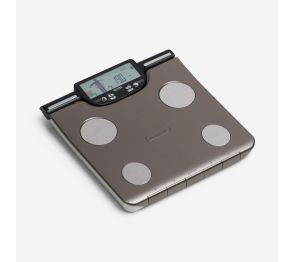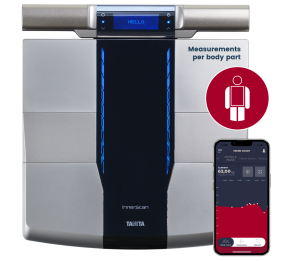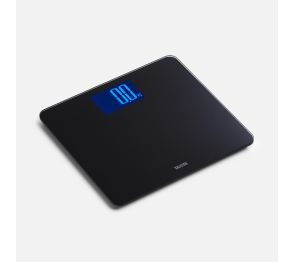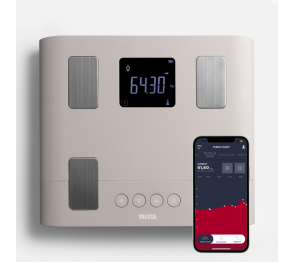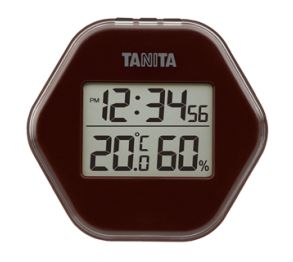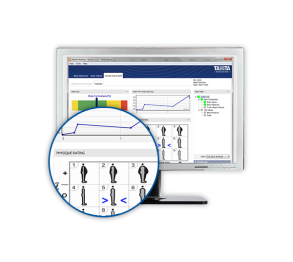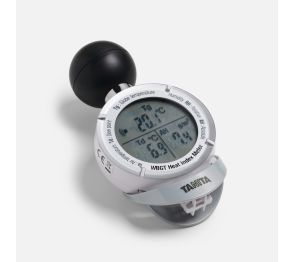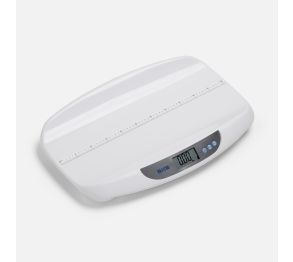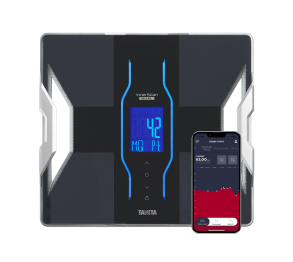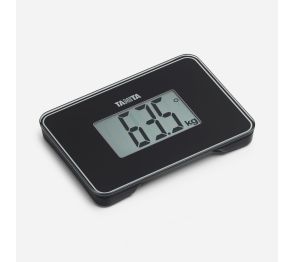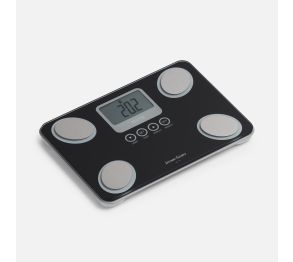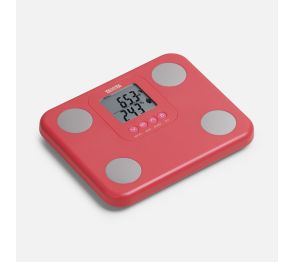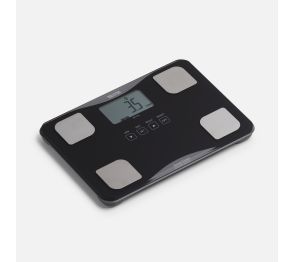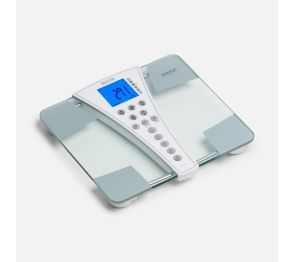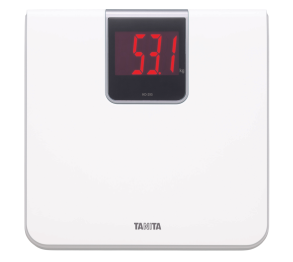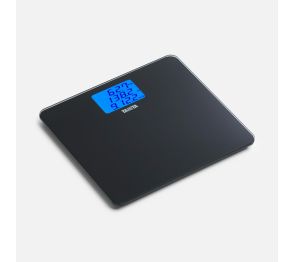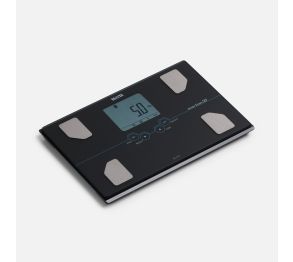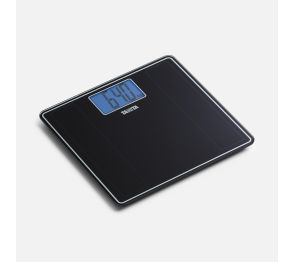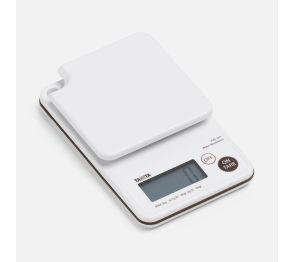Tips for lean muscle gain


Building lean muscle can be beneficial in several aspects of your life, from improving your confidence to increasing your basal metabolic rate, but what is the best way to go about it?
In this blog we take an holistic look at the benefits of building lean muscle and share 8 workout and nutrition tips to help women make it happen.
What is the difference between lean muscle and muscle?
Not all muscle is the same and as you are developing muscle tissue you want to make sure it is lean muscle. Lean muscle is densely packed with contractile tissue, rather than lower quality muscle which has a higher level of fat and connective tissue. Simply explained, lean muscles refer to muscles that do not have a lot of fat around or within it. Most women are afraid to get muscly and desire to get “toned” muscles, this refers to less muscle mass and a more toned and tight body.
There is no way to check this simply by looking in a mirror, but using a Tanita body composition scale such as the RD-953, will help you to build a better understanding of your body by giving you the weight of your muscle mass and a muscle quality score.
Why is lean muscle good?
If you thought that building muscle is only for the #Fitboys and #Fitgirls who spend their life in a gym, think again! Building lean muscle can be just as relevant if you are more likely to be found on a yoga mat than holding a kettlebell.
Increasing your level of lean muscle will have several benefits. It creates a virtuous circle which will help you to maintain a healthy weight. The higher metabolic rate in your muscle tissue will burn calories more quickly than the equivalent fat so increasing your muscle will boost your metabolism, or basal metabolic rate.
Confidence is often linked to how we look and building muscle is a really positive and confidence boosting step, when compared with the sense of failure which can come with dieting. When you know you are looking good and taking positive steps to improve your health and fitness you will be a really positive influence on those around you.
Building muscle is also important to protect your health long term. Increased lean muscle mass will;
- Reduce the risk of injury to ligaments and tendons
- Improve your posture, through stronger core and back muscles
- Protect your bones from becoming weaker in later life with increased bone density and strength
- Strengthen your immune system so you can better fight illness, infection or stress
- Reduce the likelihood of muscle loss which can occur with menopause and aging.
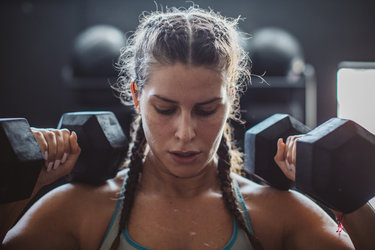

Tips to gain lean muscle
There are lots of different workouts available which you can select to build your lean muscle, but these tips will help you to integrate muscle building in the activity you are already doing;
1. Add some weights
Continuing your regular exercise but adding some weights is a great way to kick-start your muscle building. Wrist or ankle weights are a good start or make use of the natural resistance of water in swimming or aqua exercise classes.
2. Pick your poses
With any exercise there are approaches which will help you build muscle and ones which are more focused on cardio strength or flexibility. Push yourself to pick the options which will build your muscle such as the tree pose in yoga and find more in this great article in the Yoga Journal
3. Keep going
You should be aiming to work out until your muscles are fatigued; pushing yourself until your muscles cannot do another repetition will create the micro tears in muscle that are essential for new muscle growth.
4. Do compound exercises
There is a reason that burpees are a favourite of personal trainers, because they include jumping, squatting, push ups and core work all in the same exercise, hence you will be using several muscles at the same time.
5. Take breaks
Make sure you plan rest days between your weightlifting days to give your muscles time to rebuild. During these resting days you can do more low key exercises such as walking. To build lean muscle mass, most of us know you need to be making sure you are getting enough protein but you also need to be watching the carbs and potassium too.
6. Lean protein
Making sure you are eating lean protein every day is essential if you are building muscle, but that doesn’t necessarily mean reaching for a steak. Beans are a great protein source and they pack a powerful fibre and vitamin B punch too. A veggie chilli is always a welcome go-to for a family meal and why not try a fiery vegan white bean sauce pizza. For more information about vegan proteins check out our blog on the best plant-based protein sources.
7. Protein + carbs
Try looking for ways to incorporate the super grain quinoa into your diet. Quinoa contains all 9 essential amino acids, making it a complete protein. It is also a great carbohydrate source which will fuel your activity. Try this quinoa, tuna and avocado salad, a perfect salad box lunch for the office.
8. Powerful potassium
The processed and refined foods which can be part of a modern diet might leave you high in salt and low in potassium. A diet rich in potassium will protect your lean muscle and so it is important to eat potassium-rich foods. Swap potatoes for sweet potatoes and you will be getting a potassium-loaded, vitamin packed feast.
9. Reach for the full fat option
‘Full fat’ is a phrase we may have spent most of our adult life avoiding, but when it comes to milk, it is worth rethinking. Whole milk is actually only 3 - 3.5% fat and it is packed full of protein in an easily absorbed form. Porridge made with oats and whole milk gives you a double protein hit. Enjoy!
10. Plan you meals
By planning your meals and snacks you reduce the change that you'll crave for unhealthy snacks when you're hungry.
- BC-718Out of stock





